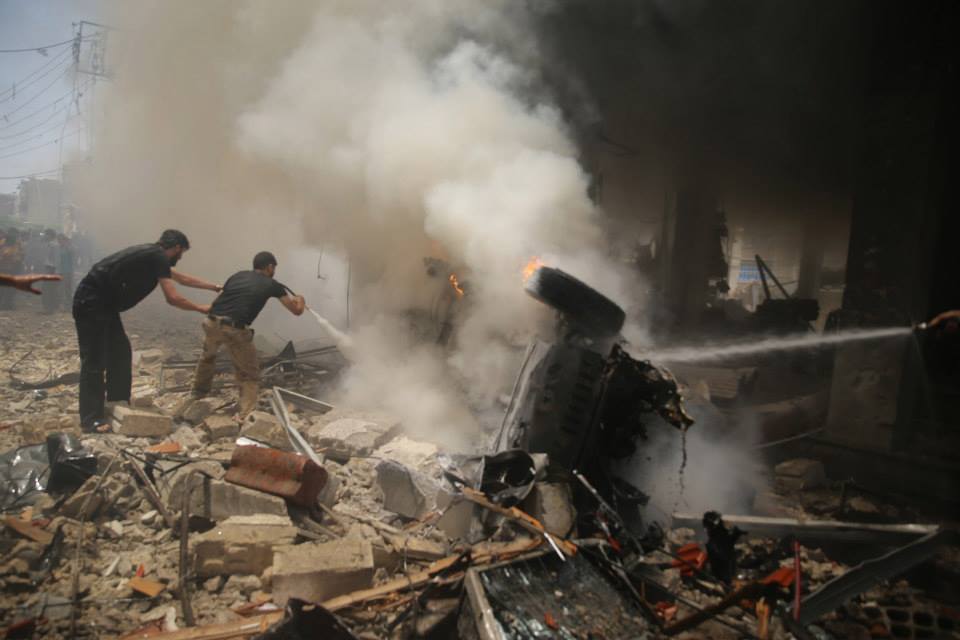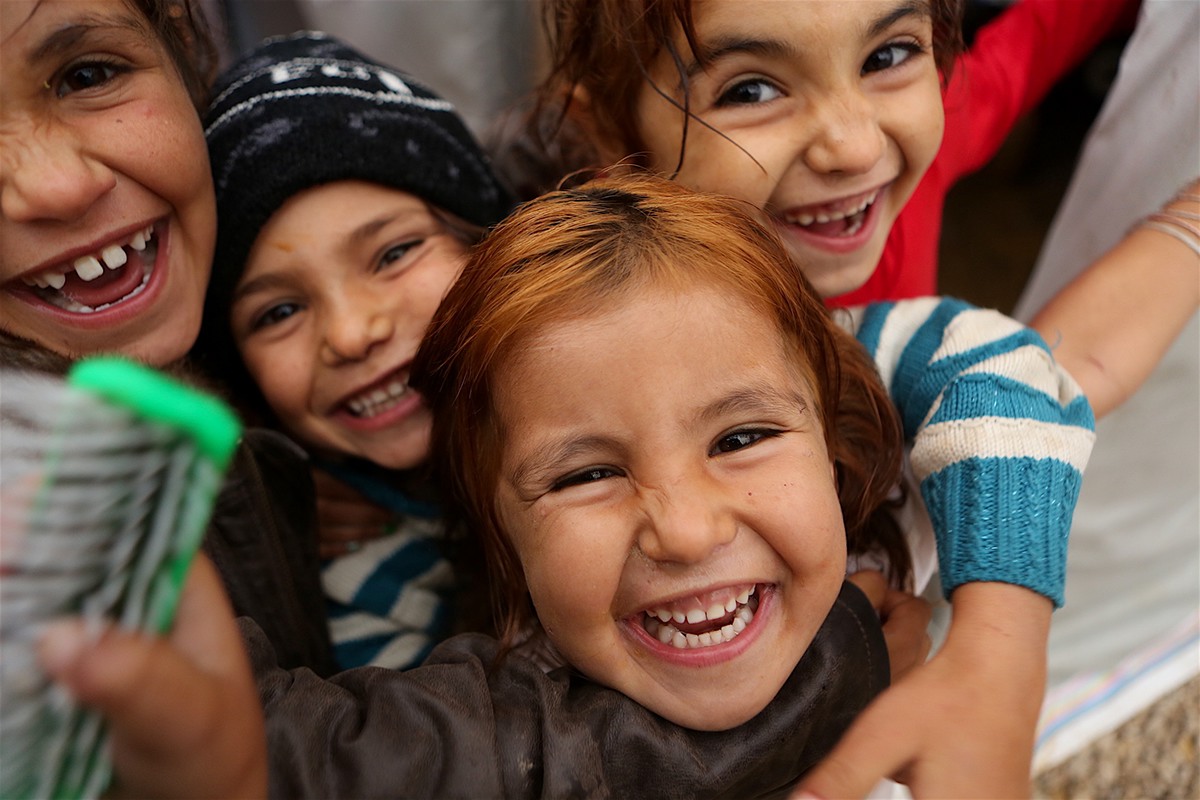BELGIUM – My name is Mohamed Abdullah, but people call me Artino. I’m 33 years old. Before the war in Syria, I lived in the Barzeh neighborhood of Damascus. I was a sales supervisor at the Apple store.
My first time in prison was just two weeks after I joined the revolution in 2011. I was arrested by the mukhabarat (secret police) and held for a week in a prison run by the intelligence service of the Syrian air force. My father, an Alawite from the Golan Mountains and a retired military officer in the mukhabarat, found me and paid roughly 60,000 Syrian pounds (about $400 at the time) for my release.

Artino
After my release, I rejoined the protests. I also started working with refugees who arrived in Damascus from the cities of Homs and Hama, helping them to find food, medical supplies or a place to stay. I was arrested again in 2012, but was released after 24 hours.
The mukhabarat started looking for me in the summer of 2012, after I had appeared in a video of the funeral of my friend Bassel Shehadeh [a prominent filmmaker and anti-government protester] in Homs. Being an Alawite, this was really bad. My brother, who was still in the military, threatened to kill me.
So I fled to Eastern Ghouta, to the home of the aunt and uncle who raised me after my mother died. I couldn’t stay long. More and more often, military brigades would show up in the area, looking for rebels and defected soldiers. In September of that year, I fled to Lebanon with the help of smugglers.
After two months in Lebanon, I really wanted to return and help – be a part of what was going on. Smugglers took me back the same way. The journey took three weeks. Along the way, I met Goran Tomasevic, a famous war photographer for Reuters. Initially, I helped him as a fixer.

A Syrian boy in the Jaraheyah refugee camp. This photo was taken in Bekaa in Lebanon on Oct. 25, 2015. (Artino)
“What did you do for life before the revolution, and what do you do now?” Goran asked me. I told him I took pictures. “Show me what kind of pictures,” he replied. He thought I had a good eye! He started to teach me how to work as a war photographer – how to be careful about snipers and roadside bombs. I can’t describe the feeling I had when Reuters first published my pictures. My photos, those of an amateur, were published alongside Goran’s!
I was taking pictures on the front line in Eastern Ghouta when I got hit by a mortar. It broke my knee and hurt much of my left side – my thigh, my hand, my arm, my shoulder. The recovery was hard. Around this time, the regime started to besiege the area. The army had cut the smuggling route we used to bring in supplies, making it very difficult to find painkillers anywhere in Eastern Ghouta. I stayed in bed for two months.
With the help of a wheelchair, I started going out again. I avoided the front lines, but spent time taking photos of the Free Syrian Army (FSA) fighters. I wanted to show the world that these fighters were human beings, normal people, who had to take up weapons to defend their land. Unfortunately, I ended up back in bed when a volunteer doctor broke my knee again while trying to remove some screws.
Two months later, I was back taking pictures, this time mostly of people living under siege. I wanted to document how they were living and suffering.
In August 2013, the area was hit by the chemical attack. It was like hell came to Eastern Ghouta. It was a chaos of chemicals, a chaos of death.

Aftermath of a car explosion in Douma, June 2014. (Artino)
A month later, I got hit by a car on the front lines. I broke my knee again. This time, there was no way to have surgery. There were no painkillers. All I had was a wooden stick.
After my knee broke, I forced my uncle and aunt to leave. The siege was getting increasingly worse. All we had left were two kilos of rice and some bread. They were old. They needed to get out. I was injured and wanted by the regime, so going to Damascus myself was out of the question. We had an honest, and really emotional conversation. I told them: “If you really love me, you have to go. I can’t, so you have to go. I have friends. I can survive.”
We used to eat anything in those days. Most residents had lost their lands, which had previously supplied them with much of what they needed. But the lands had either become a front line, or were scorched by shelling. Most families ate one meal per day, sometimes just a dish of olives or pickles. We started baking bread from soya. We also used a lot of hay – that’s why so many of the sheep and cows died, we ate their food.
At this point, I joined the United Relief Office in Ghouta in the Marj sector where I was responsible for 5,000 families. I tried to connect them with people outside of Syria and collect funds for farmers, or for digging up water. I also joined the medical office of al-Marj, collecting donations for medical supplies. We needed fuel. We needed equipment. We needed salaries for the people who worked in the centers. I also volunteered to teach photography to children in Douma.

A Syrian boy plays with a broken umbrella outside his tent in the Jaraheyah refugee camp. This photo was taken in Bekaa in Lebanon on Oct. 25, 2015. (Artino)
I figured out that a good way to make donors realize what was going on was to ask children simple questions. Do you know what a banana is? Do you know what a chicken is? What’s milk? What’s meat? When I asked one five-year-old about bananas, he described an apricot. He had never seen a banana. When I asked another child how can you drink cold water, he said: “From the ground.” He didn’t know it could possibly come from the fridge, or from the sink, because there wasn’t any water in the fridge or the sink. Children saw the television as a box – because of the lack of electricity, they hadn’t seen it play.

Syrian girls play outside their tent in the Jaraheyah refugee camp. This photo was taken in Bekaa in Lebanon on Oct. 25, 2015. (Artino)
I stayed in Eastern Ghouta until August 2014. It took me three or four weeks and $4,000 to get smuggled out. I stayed in Lebanon for a year. When I applied for resettlement as a refugee, the Belgian government accepted me.
I arrived in Belgium in November 2015. The people have been warm and friendly. They’re astonished when I tell them I am Syrian. They have this image that Syrians are all jihadis living in the desert with the camels; I’ve only see one camel in my life. I am just a regular metalhead, tattoos and all.
I miss home. Of course I miss home.
